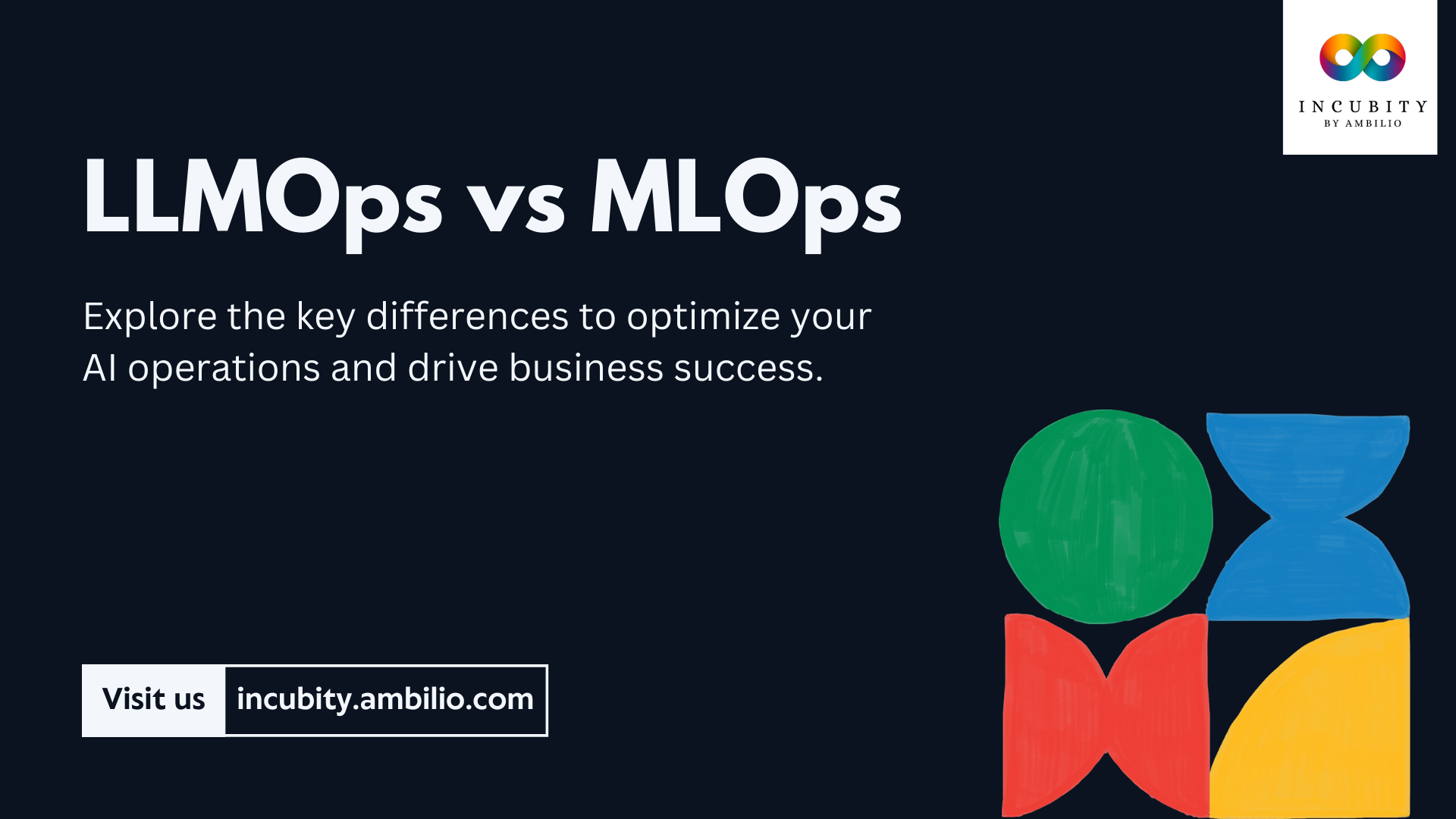In the rapidly evolving world of artificial intelligence, the deployment, monitoring, and maintenance of machine learning models are critical components of operational success. Two methodologies have emerged to streamline these processes: MLOps (Machine Learning Operations) and LLMOps (Large Language Model Operations). While both aim to optimize AI operations, they differ in their scope and approach. Understanding the nuances between LLMOps vs MLOps is crucial for organizations looking to harness the power of AI effectively.
What is MLOps?
MLOps, or Machine Learning Operations, is a set of practices and processes designed to streamline the deployment, monitoring, and maintenance of machine learning models in production environments. It ensures that models are effective, efficient, and scalable, enabling them to reach production in a cost-effective and timely manner. MLOps merges machine learning with DevOps practices, covering the entire lifecycle of the ML model, from development and testing to deployment and maintenance.
Key Aspects of MLOps
- Data Management: Handling large datasets, ensuring data quality, and managing data pipelines.
- Model Training: Automating the selection of algorithms, training models, and evaluating their performance.
- Deployment: Efficiently deploying models to production environments, ensuring they are accessible and scalable.
- Monitoring: Continuously monitoring model performance, detecting anomalies, and retraining models as necessary.
- Collaboration: Enhancing collaboration between data scientists, software engineers, and DevOps professionals to ensure seamless operations.
What is LLMOps?
LLMOps, or Large Language Model Operations, is a specialized domain within the broader MLOps field. It focuses specifically on the operational aspects of large language models (LLMs), such as GPT, BERT, and similar advanced AI systems. LLMs are large deep learning models trained on vast datasets and are adaptable to various tasks, particularly in natural language processing (NLP).
Key Aspects of LLMOps
- Model Size and Computational Demands: Managing the deployment and serving of models with billions of parameters.
- Integration: Ensuring seamless integration of LLMs with various applications and platforms.
- Ethical Considerations: Addressing issues related to bias, privacy, and potential misuse of LLMs.
- Customization: Fine-tuning models for specific domains and use cases while maintaining general capabilities.
- Monitoring and Adaptation: Continuous monitoring and adaptation of models to ensure performance and relevance.
Key Differences: LLMOps vs MLOps
Here are the key differences between LLMOps and MLOps
Domain Focus
- LLMOps: Specifically focuses on managing large language models and their unique requirements.
- MLOps: Encompasses a broader range of tasks related to managing machine learning models across various domains.
Scope of Operations
- LLMOps: Includes tasks such as dependency management, version control, and deployment optimization for language models.
- MLOps: Covers data preprocessing, model training, deployment, and monitoring for a wide range of machine learning models.
Technological Challenges
- LLMOps: Deals with challenges unique to large language models, such as model size, resource requirements, and inference optimization.
- MLOps: Addresses challenges related to data quality, model accuracy, and performance optimization across various machine learning models.
Development Workflow
- LLMOps: Emphasizes collaboration and integration with existing software development workflows specific to language models.
- MLOps: Focuses on integrating machine learning workflows with DevOps practices for seamless deployment and monitoring.
LLMOps vs MLOps: Navigating the Differences
| Feature | LLMOps | MLOps |
|---|---|---|
| Domain Focus | Large Language Models (e.g., GPT, BERT) | General Machine Learning Models |
| Scope | Dependency management, version control, deployment optimization | Data preprocessing, model training, deployment, monitoring |
| Challenges | Model size, computational demands, ethical considerations | Data quality, model accuracy, performance optimization |
| Development Workflow | Integration with software development for language models | Integration with DevOps practices |
| Customization | Fine-tuning for specific domains | General purpose |
| Collaboration | Focus on NLP experts and software engineers | Collaboration among data scientists, engineers, and DevOps professionals |
Real-World Examples of LLMOps in Action
Several tech companies have embraced LLMOps to accelerate innovation and drive business growth. For instance:
- OpenAI: Leverages LLMOps in its natural language processing projects, optimizing the deployment and management of its large language models.
- Anthropic: Uses LLMOps to ensure the reliability and scalability of its Claude model.
- Google: Implements LLMOps for its Gemini language model to enhance operational efficiency and performance.
Choosing the Right Approach: LLMOps vs MLOps
Selecting between MLOps vs LLMOps depends on the specific goals, project requirements, resources, and expertise of an organization. Key considerations include:
- Understanding Objectives: Determine if the primary goal is deploying machine learning models efficiently (MLOps) or working with large language models (LLMOps).
- Nature of Projects: Assess whether the projects are text and language-related tasks or a wider range of machine learning applications.
- In-House Skills: Evaluate the skills and composition of the team, whether they are more aligned with machine learning, software development, or both.
- Industry Use Cases: Consider the specific needs and requirements of the industry, as some may heavily favor one approach over the other.
Final Words
LLMOps and MLOps are two sides of the same coin, both aiming to optimize AI operations but with distinct approaches. By understanding the differences between these methodologies and leveraging their principles effectively, organizations can enhance collaboration, ensure reliability, and unlock new possibilities for growth and success in the digital age.
As the adoption of large language models continues to rise, LLMOps will play an increasingly crucial role in enabling businesses to harness the power of generative AI. By streamlining the deployment, monitoring, and maintenance of LLMs, LLMOps will help organizations stay ahead of the curve and deliver innovative solutions that drive business value. Meanwhile, MLOps will continue to provide the foundational practices needed to manage and scale machine learning models across various domains, ensuring that AI operations are efficient, effective, and robust.



